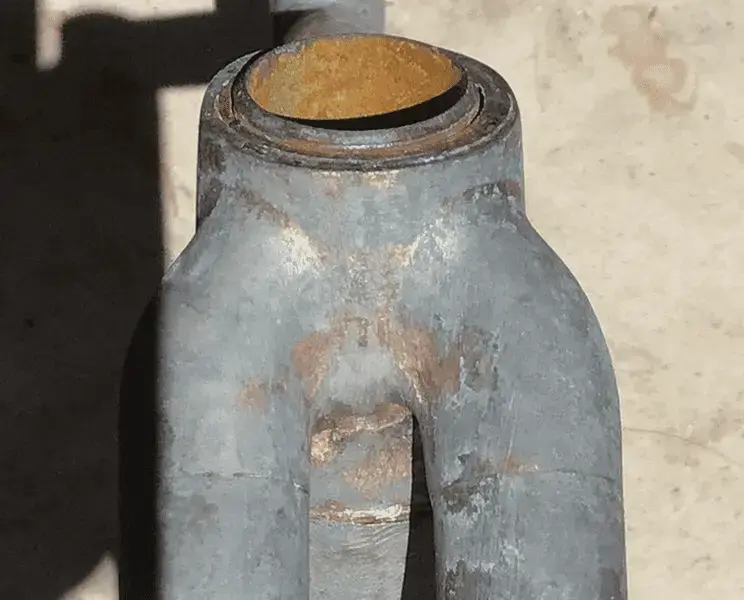Mickeyspinn
rBotM Winner
Wahey !
Wahey !
Neat....they're defo thinking for the rascally racers with no mudguards!

Without doubt it's aesthetic but I think the weight of collet and nut versus extra material around seat tube material for seat bolt and the bolt itself could possibly be lighter! A collet has a more total clamp around a circumference than a split clamp...it would also mean the seatpost could be a thinner wall tube!Looking at this again. It's so elaborate, to the point of being over engineered for solely aesthetic reasons? Differentiate your product with a feature? It's not a cheap thing either. Is this one reason for the oversized tubes perhaps?
The seat-post diameter, taper angle, depth of the collet thingy, thread length, thread pitch and nut must be incredibly precise so it doesn't look a bodge, nor fail on installation (lug split or threaded, nut head sheared off = frame buggered), nor seize up, nor crush the seat-post, nor wobble about, creak, etc. etc.
Like you say, that collet thingy looks captive, but it wouldn't make sense to insert it until the frame is really finished and ready for bike assembly.
View attachment 638071
I do love it when you get out the pen and paper after a box or two, Woz.